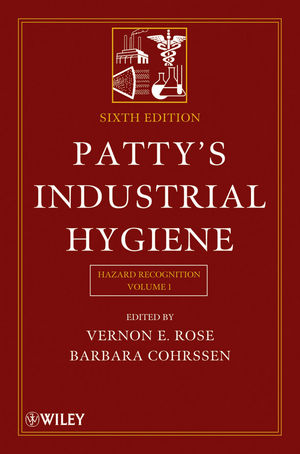 Each year, about 600,000 Americans – one in four deaths -- in the United States are from heart disease, according to the Centers for Disease Control and Prevention (CDC).
Each year, about 600,000 Americans – one in four deaths -- in the United States are from heart disease, according to the Centers for Disease Control and Prevention (CDC).
Of the 715,000 Americans who have a heart attack each year, about 525,000 are first-timers, says the CDC, and those individuals may not know what’s happening. Sadly, many people do not get to the hospital on time, says paramedic Dale Hemstalk.
“If someone is having a heart attack, for example, they should get to the hospital without delay upon the initial onset of symptoms,” says Hemstalk.
He shares warning signs that it’s time dial 9-1-1.
• Symptoms for a heart attack: Men and women frequently report different symptoms. Men tend to have the “classic” signs, such as pressure, fullness, squeezing or pain in the center of the chest that goes away and comes back; pain that spreads to the shoulders, neck or arms; chest discomfort with lightheadedness, fainting, sweating, nausea or shortness of breath.
For women, symptoms tend to be back or jaw pain; difficulty breathing; nausea or dizziness; unexplainable anxiety or fatigue; mild flu-like symptoms; palpitations, cold sweats or dizziness. Triggers tend to be different between the sexes, too. In women, it’s often stress; in men, it’s physical exertion.
• Symptoms for a stroke: There are clear, telltale characteristics of a stroke, including sagging on one side of the face, an arm that’s drifting down and garbled speech. But there are also more subtle signs from the onset, such as sudden numbness of one side of the body, including an arm, leg and part of the face; sudden confusion, trouble speaking and understanding; sudden trouble seeing in one or both eyes; sudden loss of balance; sudden headache for no apparent reason. Risk factors include diabetes, tobacco use, hypertension, heart disease, a previous stroke, irregular heartbeat, obesity, high cholesterol and heavy alcohol use.
• Symptoms for heart failure: This is not the same as a heart attack, which occurs when a vessel supplying the heart muscle with oxygen and nutrients becomes completely blocked. Heart failure is a chronic condition where the heart can’t pump properly, which may be due to fluid in the lungs. Warning signs include shortness of breath, fatigue, swollen ankles, chest congestion and an overall limitation on activities. Just one of these symptoms may not be cause for alarm; but more than one certainly is. Risk factors include various heart problems, serious viral infections, drug or alcohol abuse, severe lung disease and chemotherapy.
“At no point should anyone be discouraged from calling 911; the bottom line is, if you feel it’s an emergency and you need to call 911, call 911!” Hemstalk says. “There are many reasons to seek assistance from emergency responders, and they are not limited to those that I’ve mentioned.”
About Dale Hemstalk
A United States Air Force Veteran and Career Firefighter Paramedic, Hemstalk has been providing emergency care for over 20 years. During his tenure in EMS, Hemstalk has been an educator, Paramedic Preceptor and Field Training Officer. Joining Forte Holdings’ team was a natural progression combining his love of the Emergency Medical Services industry and new technology along with his commitment to providing the best possible documentation on each and every call for service. To stay current in the industry, Hemstalk remains active in EMS, is still a full time Firefighter/Paramedic and continues his passion for treating those in need.





